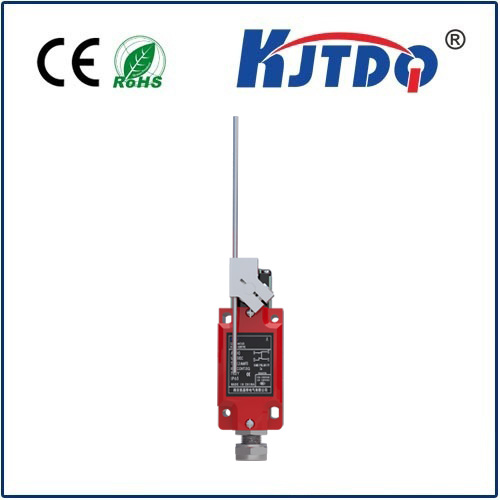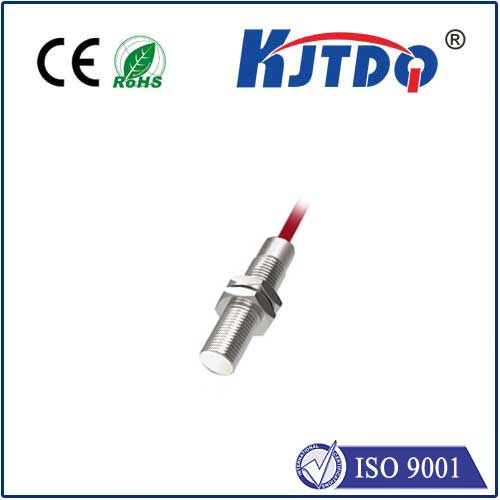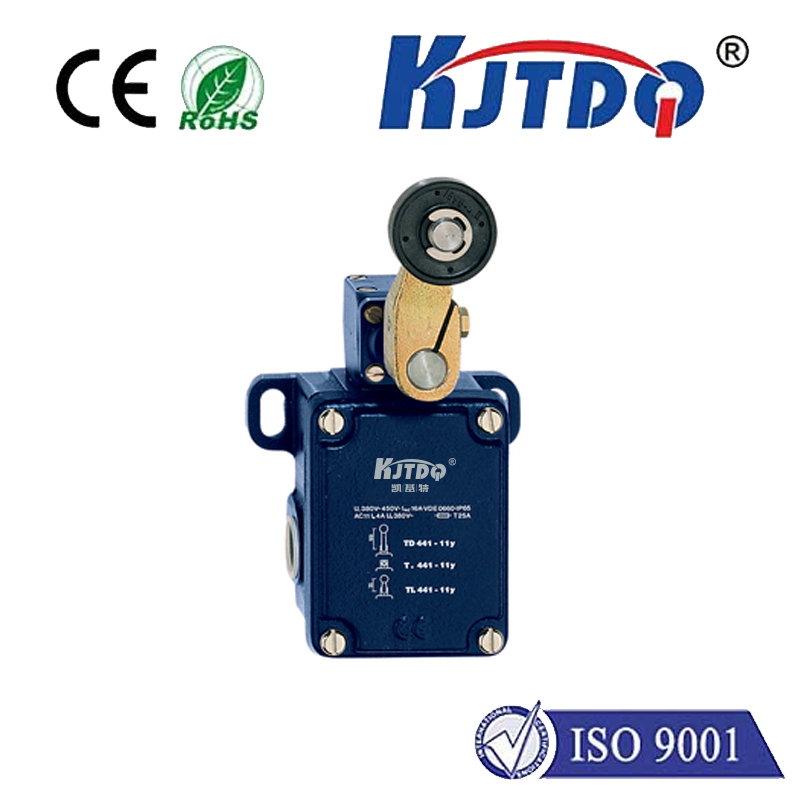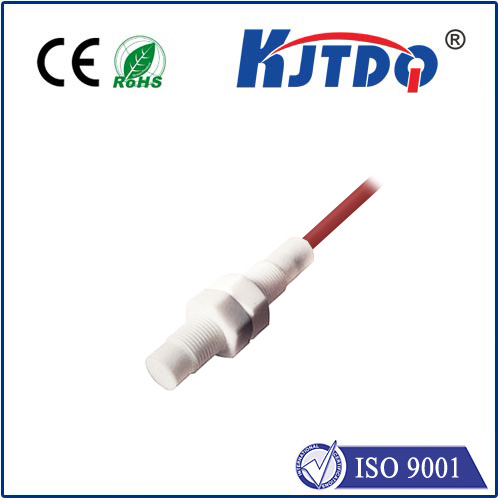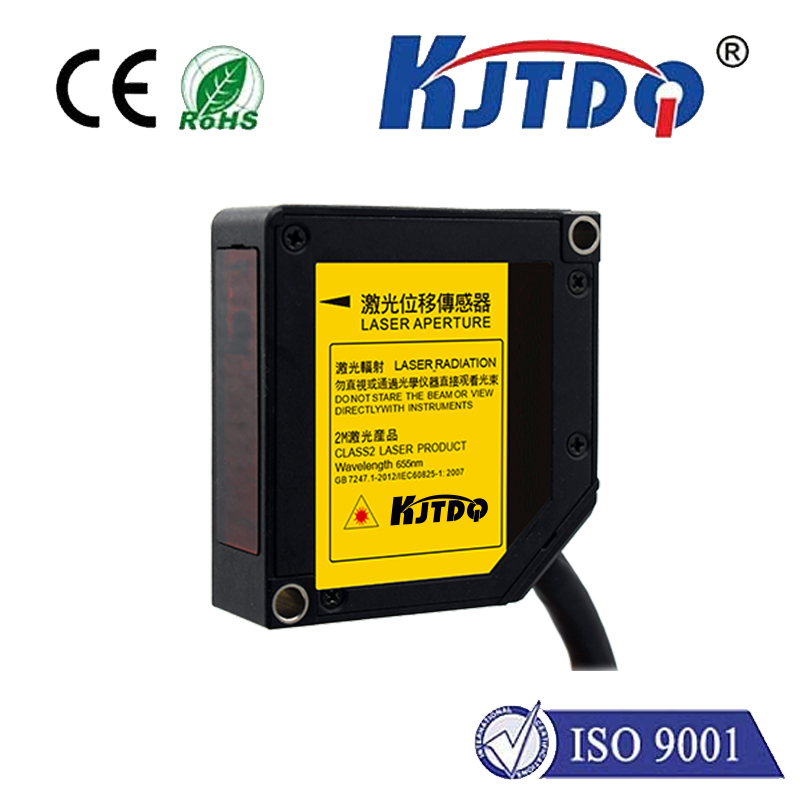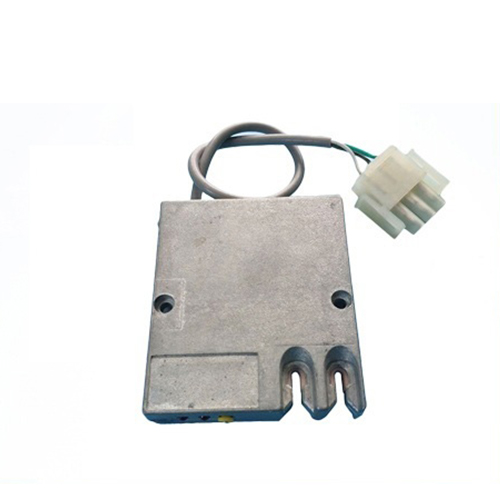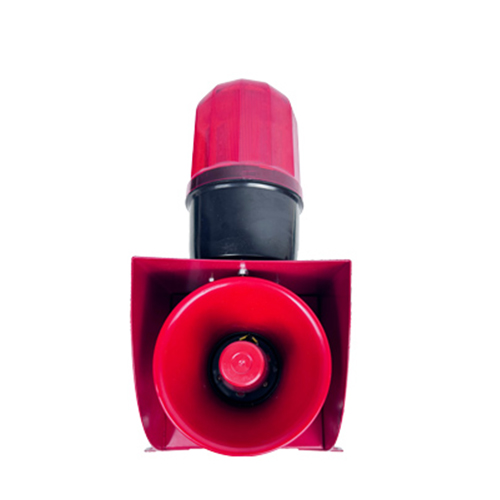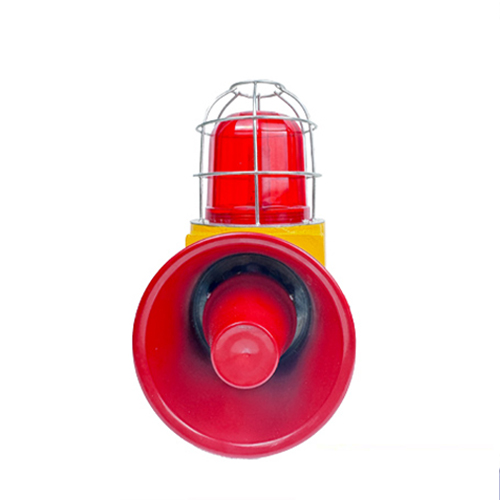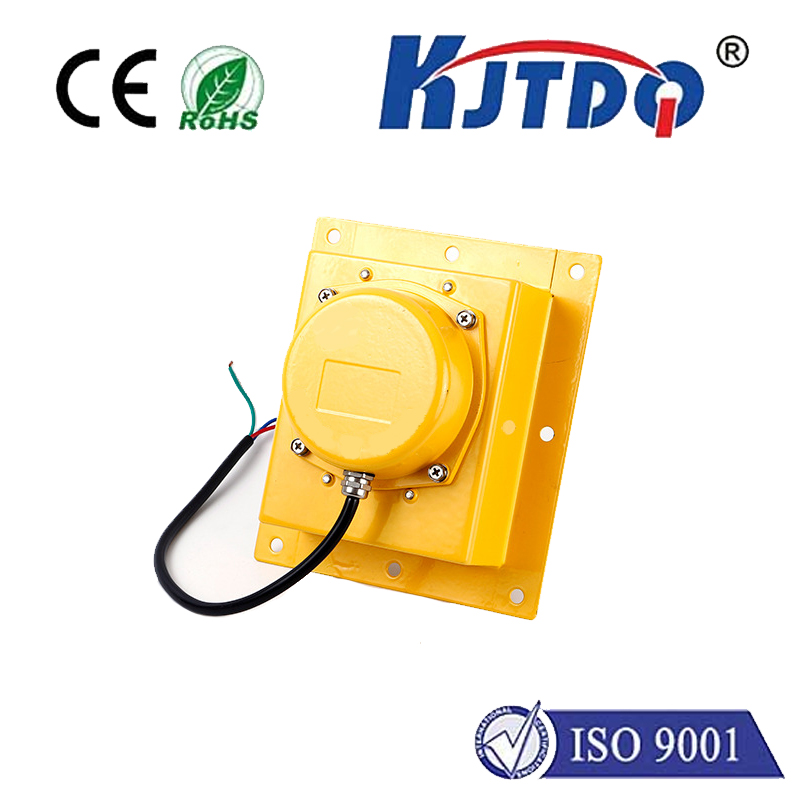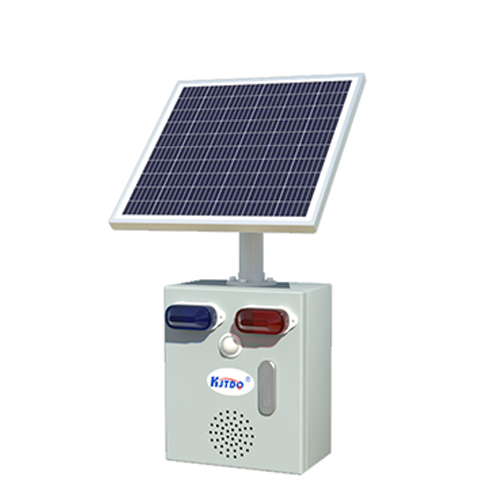

check

check

check

check

check

check

check

check

check

check
Fiber Optic Proximity Sensors: Elevating Precision in Non-Contact Detection
In an era where automation and smart technologies dominate industries, the demand for reliable, non-intrusive sensing solutions has never been higher. Imagine a manufacturing line where robots assemble delicate components with millimeter-perfect accuracy, or a medical device that monitors patients without direct touch—these scenarios are powered by innovations like the fiber optic proximity sensor. This advanced device uses optical fibers to detect the presence, absence, or distance of objects, revolutionizing how systems operate in challenging environments. Unlike traditional sensors, it harnesses the principles of light to deliver unparalleled performance, making it a cornerstone in modern engineering. Join us as we delve into the workings, benefits, and diverse applications of this transformative technology, shedding light on why it’s becoming indispensable across sectors.
At its core, a fiber optic proximity sensor relies on light transmission through thin, flexible optical fibers to identify nearby objects. The basic setup involves a light source, typically an LED or laser diode, which emits infrared or visible light pulses into one end of the fiber. This light travels along the fiber’s core and interacts with external elements. When an object comes close, it reflects or modulates the light beam, and a photodetector at the receiving end captures these changes. The sensor then converts these optical signals into electrical outputs, such as voltage or current, indicating the object’s position or proximity. For instance, in a reflective-type sensor, the target’s distance alters the light intensity returning to the detector, while a diffuse model relies on light scattering off surfaces. This non-contact approach ensures no mechanical wear, providing consistent readings without physical interference.

The magic lies in the optical fiber’s properties—glass or plastic strands that guide light with minimal loss. Key components include the emitter, detector, and a modulator that fine-tunes sensitivity. As a result, these sensors excel in environments where electromagnetic interference (EMI) or radio frequency noise would disrupt conventional devices. Fiber optics technology inherently isolates signals, making them immune to such disruptions. Moreover, the system’s modular design allows for easy customization; for example, fibers can be routed through tight spaces or harsh conditions, enabling detection in inaccessible areas. This versatility underpins their growing adoption in precision-driven fields, from robotics to aerospace.
Why has this technology gained such traction? The benefits stem from its unique blend of sensitivity, durability, and adaptability. High accuracy is a standout feature, as these sensors can detect minute changes in proximity—down to micrometers—thanks to the fine control of light wavelengths. This makes them ideal for applications requiring delicate positioning, such as aligning parts in semiconductor manufacturing. Another critical advantage is their immunity to electromagnetic interference, which traditional sensors like inductive or capacitive models often struggle with in noisy settings like power plants or automotive assembly lines. Since optical signals aren’t affected by EMI, data integrity remains intact, reducing errors and maintenance needs.
Additionally, fiber optic proximity sensors offer exceptional resistance to environmental hazards. They operate reliably in extreme temperatures, corrosive atmospheres, or vacuum conditions, where metal-based sensors might fail. For example, in chemical plants, acids or solvents can degrade conventional devices, but optical fibers remain unaffected due to inert materials. This durability translates to longer lifespans and lower operational costs, as there’s no physical contact that causes wear. Energy efficiency is another perk, as low-power light sources minimize consumption, aligning with sustainability goals. Crucially, these attributes foster faster response times, enabling real-time feedback in dynamic processes like conveyor systems. Combined, these strengths position fiber optic proximity sensors as superior alternatives in demanding scenarios.
The real-world impact of fiber optic proximity sensors spans multiple sectors, driven by their precision and robustness. In industrial automation, they’re pivotal for quality control—monitoring assembly lines to ensure components are correctly placed or detecting jams in machinery without halting operations. For instance, automotive factories use them to verify part alignments, boosting production efficiency. The medical field also benefits significantly; devices like surgical robots employ these sensors for non-contact tissue detection, minimizing infection risks during procedures. High-sensitivity models even aid in diagnostics, sensing subtle movements in lab equipment.
Beyond this, fiber optic technology shines in hazardous or confined settings. In aerospace and defense, sensors guide drones or aircraft systems through EMI-heavy zones, ensuring safe navigation. Renewable energy applications include wind turbines, where they monitor blade positions in high-altitude environments. Even consumer electronics utilize them; smartphones integrate miniaturized versions for features like automatic screen dimming. As IoT (Internet of Things) evolves, these sensors enable smarter networks in smart cities—traffic systems that detect vehicle flow or building security that senses intrusions. The adaptability across contexts underscores their role in advancing innovation, with ongoing developments enhancing wireless integration for seamless connectivity.
Fiber optic proximity sensors come in various forms, tailored to specific needs. Reflective sensors are common for short-range detection, using a single fiber to transmit and receive light off reflective surfaces. In contrast, through-beam sensors involve separate emitters and detectors, ideal for longer ranges or opaque objects by measuring light blockage. Diffuse sensors work with non-reflective targets, analyzing scattered light patterns. Choosing the right type depends on factors like sensing distance, target material, and environmental conditions. For optimal performance, consider the fiber’s core diameter—larger fibers suit high-light applications, while thinner ones offer precision in tight spots. Calibration tools, such as sensitivity adjustments, help fine-tune for specific tasks, ensuring reliability.
In summary, the rise of fiber optic proximity sensors represents a leap in sensing technology, driven by their non-contact nature and resilience. As industries push for greater automation, this solution delivers critical advantages without the drawbacks of older systems. Embracing it can unlock efficiencies in your operations, whether on a factory floor or in cutting-edge R&D.
